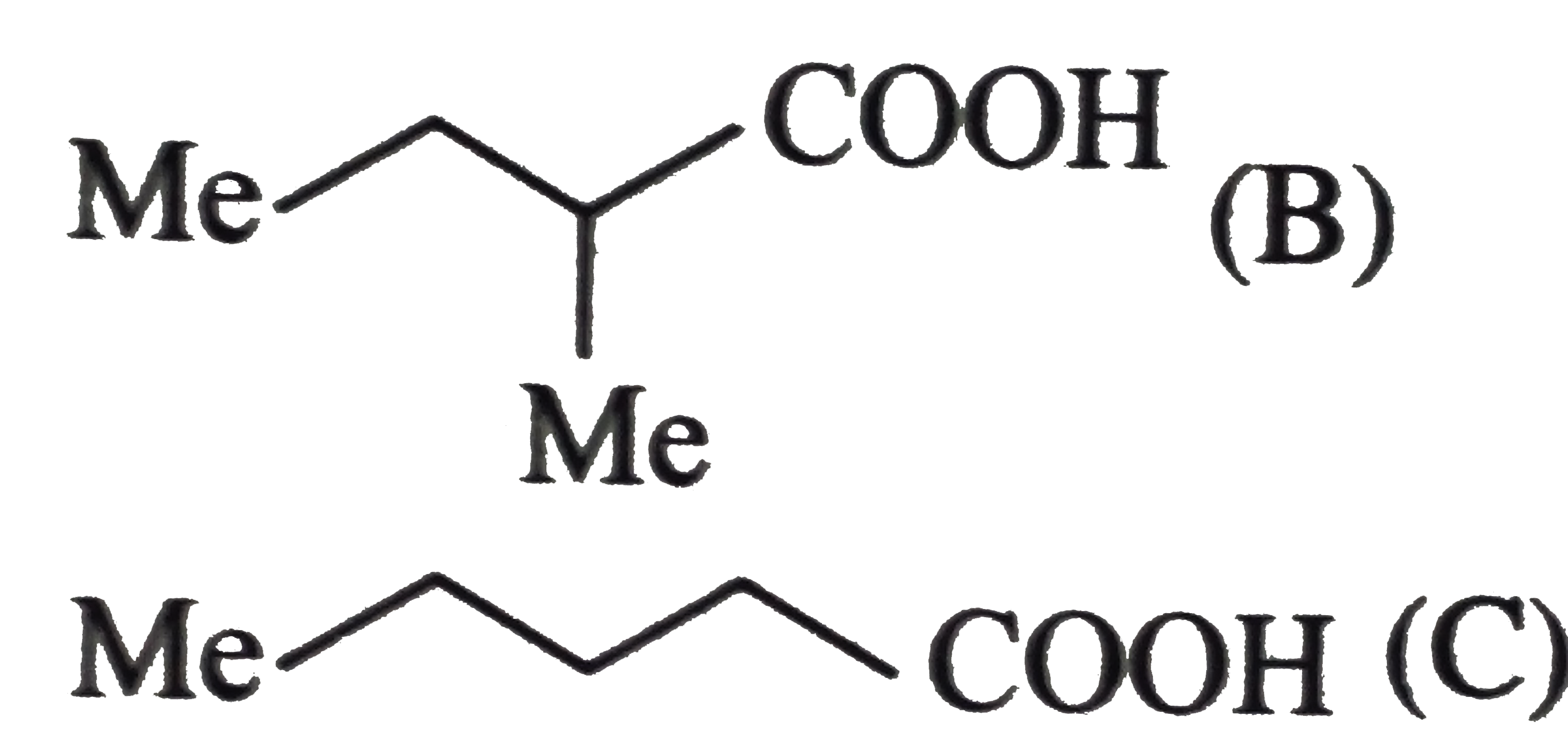(a) Differentiate between exons and introns.
(b) What is a plasmid? Why is it selected as vector?
Step-by-Step Solution
1. Definition of Exons and Introns:
- Exons are the coding regions of a gene that are expressed and translated into proteins.
- Introns are the non-coding regions that do not code for proteins and are typically removed during RNA processing.
2. Function:
- Exons contribute to the final mRNA sequence that will be translated into a protein.
- Introns do not have a direct role in coding for proteins and are often considered to have no functional significance, although some may play roles in gene regulation.
3. Presence in mRNA:
- In the pre-mRNA (immature mRNA), both exons and introns are present.
- During the splicing process, introns are removed, and exons are joined together to form mature mRNA.
4. Conservation:
- Exons are highly conserved across different species because they code for essential proteins.
- Introns are less conserved and can vary significantly among different organisms.
5. Summary of Differences:
- Coding vs. Non-Coding: Exons code for proteins; introns do not.
- Conservation: Exons are highly conserved; introns are less conserved.
---
(b) What is a plasmid? Why is it selected as a vector?
1. Definition of Plasmid:
- A plasmid is a small, circular, double-stranded DNA molecule that is separate from chromosomal DNA and can replicate independently within a cell.
2. Characteristics of Plasmids:
- Plasmids contain an origin of replication (ori), which allows them to replicate independently.
- They often carry genes that provide advantageous traits, such as antibiotic resistance.
- Plasmids may have restriction sites for the insertion of foreign DNA and selectable markers for identifying successful transformations.
3. Why Plasmids are Used as Vectors:
- Self-Replication: Their ability to replicate independently makes them ideal for cloning and gene transfer.
- Ease of Manipulation: Plasmids can be easily manipulated in the laboratory to insert or remove genes of interest.
- Selectable Markers: The presence of selectable markers allows researchers to easily identify cells that have successfully taken up the plasmid.
- Compatibility: Plasmids can be introduced into various host organisms, making them versatile tools in genetic engineering and recombinant DNA technology.
---
- Exons are the coding regions of a gene that are expressed and translated into proteins.
- Introns are the non-coding regions that do not code for proteins and are typically removed during RNA processing.
- Exons contribute to the final mRNA sequence that will be translated into a protein.
- Introns do not have a direct role in coding for proteins and are often considered to have no functional significance, although some may play roles in gene regulation.
- In the pre-mRNA (immature mRNA), both exons and introns are present.
- During the splicing process, introns are removed, and exons are joined together to form mature mRNA.
- Exons are highly conserved across different species because they code for essential proteins.
- Introns are less conserved and can vary significantly among different organisms.
- Coding vs. Non-Coding: Exons code for proteins; introns do not.
- Conservation: Exons are highly conserved; introns are less conserved.
- A plasmid is a small, circular, double-stranded DNA molecule that is separate from chromosomal DNA and can replicate independently within a cell.
- Plasmids contain an origin of replication (ori), which allows them to replicate independently.
- They often carry genes that provide advantageous traits, such as antibiotic resistance.
- Plasmids may have restriction sites for the insertion of foreign DNA and selectable markers for identifying successful transformations.
- Self-Replication: Their ability to replicate independently makes them ideal for cloning and gene transfer.
- Ease of Manipulation: Plasmids can be easily manipulated in the laboratory to insert or remove genes of interest.
- Selectable Markers: The presence of selectable markers allows researchers to easily identify cells that have successfully taken up the plasmid.
- Compatibility: Plasmids can be introduced into various host organisms, making them versatile tools in genetic engineering and recombinant DNA technology.
Topper's Solved these Questions
- XII BOARDSBOOK - XII BOARD PREVIOUS YEAR PAPER ENGLISHCHAPTER - XII BOARDSEXERCISE - SET-I Section D
1 Videos
- XII BOARDSBOOK - XII BOARD PREVIOUS YEAR PAPER ENGLISHCHAPTER - XII BOARDSEXERCISE - SET-I Section E
6 Videos
- XII BOARDSBOOK - XII BOARD PREVIOUS YEAR PAPER ENGLISHCHAPTER - XII BOARDSEXERCISE - SET-I Section B
6 Videos
- SAMPLE PAPER 2019BOOK - XII BOARD PREVIOUS YEAR PAPER ENGLISHCHAPTER - SAMPLE PAPER 2019EXERCISE - Section E Part B
3 Videos
Similar Questions
Differentiate between the following acids :
(a)
(b)
View Solution(a) Differentiate between benign and malignant tumours.
(b) Why is colostrum a boon to the newborn baby ?
View SolutionAnswer the Following :
(i) What is the role of cryolite in the metallurgy of aluminium?
(ii) Differentiate between roasting and calcination.
(iii) What is meant by the term 'chromatography' ?
View SolutionDifferentiate between :
(a) DNA and RNA
(b) Ribose and deoxyribose
View SolutionDifferentiate between
a. quicklime b. limewater c. slaked lime
View SolutionDifferentiate between the following pair on the basis of what is mentioned within bracket.
vasectomy and Tubectomy (Explain)
View Solution(a) Differentiate between a template strand and coding strand of DNA.
(b) Name the source of energy for the replication of DNA
View SolutionDifferentiate between Directional natural selection and Disruptive natural selection.
View SolutionDifferentiate between .
(a) BOD and COD
(b) Montreal and Kyoto protocols.
View SolutionDifferentiate between D−erythrose and D−threose by (a) mild oxidation and (b) reduction.
View Solution
